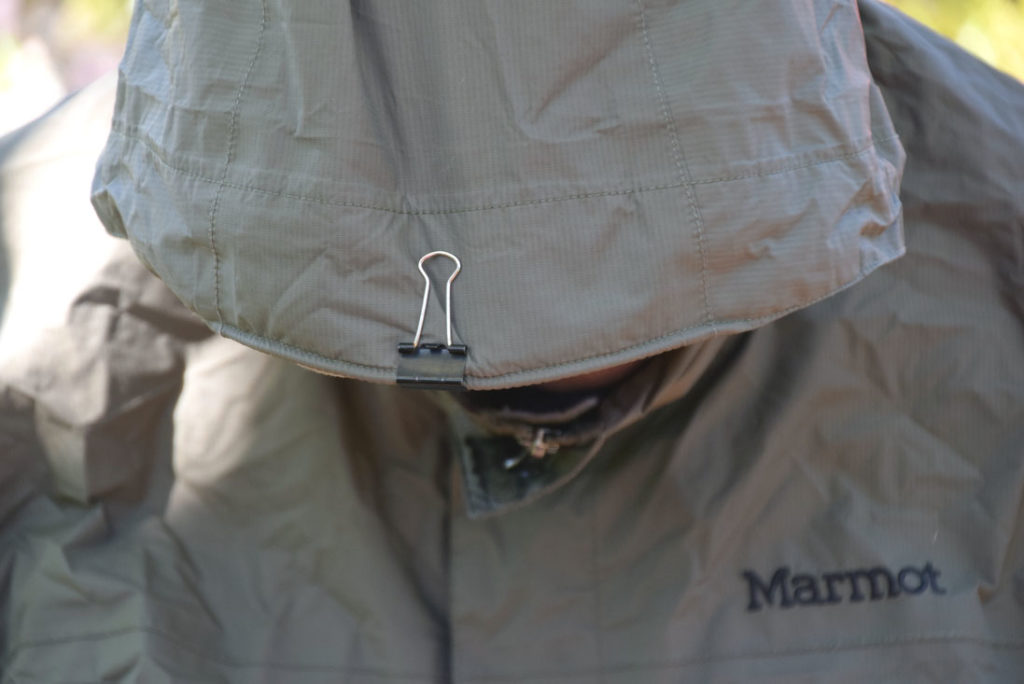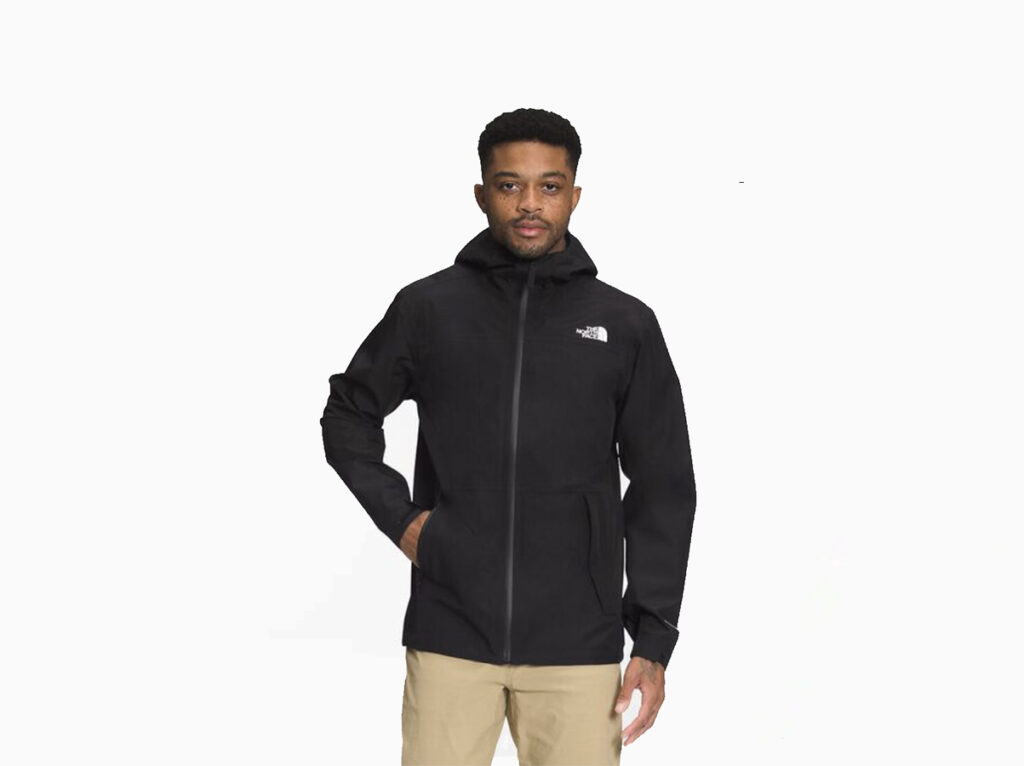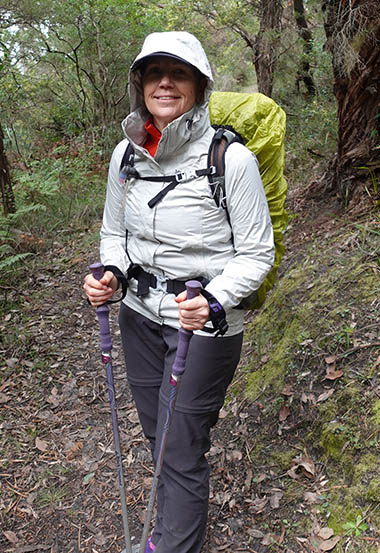Choosing rainwear for hiking
Gear selection
A common trait with new hikers starting out is that they can typically be classed as ‘fair weather’ hikers only venturing out when its sunny and warm, and often staying home at the slightest hint of rain. But as the saying goes ‘you can’t have rainbows without rain’. In addition, is there anything better than the smell of the Australian bush after it’s been raining? Something that you won’t experience in dry weather conditions.
For hikers just starting out gear selection is often focused around what is known as the Big 3 (i.e. the tent, pack and sleeping bag) because when we think about hiking and camping, these are the pieces of gear that always come to mind. However if you are going to take the plunge and take advantage of the rainy weather conditions, then choosing suitable rainwear for hiking is something you’ll need to consider at some stage. So what are the considerations when choosing rain gear for hiking?
This article covers the key aspects of choosing rain gear. We deliberately haven’t got too carried away with the technical aspects because in all honesty, there’s so much technical information that you just don’t need to know!

Big 3 – Pack, Tent, and sleeping bag
Fit
First and foremost your rain gear needs to fit; sounds obvious doesn’t it? But what does ‘fit’ mean when we talk about rain gear. The thing we need to remember here is that your rain gear forms part of your layering system and if you are going to be hiking year round, there will be times when you may be wearing 1, 2, or 3 layers underneath your rain jacket/pants. This may include a puffy jacket which can be quite bulky and which will usually push you up to a bigger size more than you may expect. Keep this in mind when you walk into a store to buy a jacket. Or if you’re ordering online, measure yourself with your layers on to see which size you should be purchasing.
In addition to the size of your garment (e.g. small, medium, large, extra large there is also the length to consider. You rain pants want to be long enough to sit on your shoes without bunching up too much and without dragging on the ground.
Also, your rain jacket needs to come down to the lower part of your backside, almost having a ‘tail’ although it may be a bit shorter in front. Your jacket should be long enough that when you are sitting there are no gaps that allow water to enter into your dry clothing underneath. Some manufacturers will produce ‘tall’ sizings in their rain gear but this can be hard to find outside of the USA and Europe.
If your rain gear is too small you will also reduce your mobility and place extra pressure on the fabric which will reduce its lifespan.
Features
How long is a piece of string? Choosing features for rain gear is really going to vary with personal preference but there is something for everyone. Here are just some of the key features that you will come across:
Rain pants
- Adjustable waistband that can be tightened to ensure they don’t fall/get dragged down by your pack
- Longish leg zips that allow you to put your rain gear on without having to remove your footwear. There is nothing worse than needing to put your rain pants on in a hurry and having to remove your hiking shoes
- Durable! Rain pants will need replacing more often than your jacket particularly if you opt for cheaper models
- Pockets
- Without zips that provide access to the pockets within your pants underneath
- With zips allows you to minimise water getting onto your dry clothing because anything you need to access is in your rain pants. I spent years accessing my camera and my phone which lived in my pants pockets and each time I did in heavy rain I would invariably get water on my dry pants. This is a feature I never realised I needed until recently
- The ability to synch up the bottom of your legs to keep them out of the mud and stop leaches getting in!
- Packs into itself
Rain jacket
- Pit Zips
- Underarm zips that allow air to flow inside your jacket while minimising water entry. Essential in jackets that use materials that don’t breathe otherwise you will get wet from your own sweat. Pit Zips are also great for warmer conditions
- Pockets to store all your goodies. If it’s raining heavily, the last thing you want to do is open your pack or unzip your jacket to access whatever it is that you want
- A hood
- If it’s raining you need a hood on a rain jacket. If you find a jacket without a hood then it isn’t going to do the job its designed for
- Ideally you want a stiff brim on the hood as this will provide a ‘porch’ that will minimise water hitting your face or entering inside the hood. Alternatively if there is no stiff brim then the hood needs to be large enough so you can clip it onto the front of a peaked cap (see below)
- Ability to tension the hood so it fit your head just the way you want
- Waterproof zips. This can be a special type of zip or a zip that has a fabric cover that stops water getting in
- The ability to synch up the bottom of the jacket to minimise water getting in!
- Packs into itself
- Highish neck to minimise space where water can enter

Hiking hack. Wearing a peaked cap under your rain hood will help keep the water off your face but if the brim of your cap gets wet, then it will soak into your jacket. This handy little hack keeps you and your head much drier. To find out more go here

Pit Zip open to allow airflow through the rain jacket so you don’t overheat
Weight
While the weight of your rain jacket/rain pants will vary, this variation typically isn’t as big as with most other gear. Typically heavier gear is more durable but many modern fabrics these days, including the highly technical fabrics, are also lightweight in addition to having many other advantages.
Fabric
Alright this is where it’s possible to really geek out but in this review we want to keep it simple and easy to understand.
So what are the options when it comes to fabrics used on rain gear?
Many people will be familiar with the cheap rain gear we may have used as children which was essentially a ‘plastic bag’. These old school plastic materials stopped water getting in but they were also sweaty and in the case of the really cheap gear, you were often just as wet from sweating as you were from the rain.
There are so many brands of rain gear on the market suitable for hiking and within these brands made from a huge range of materials ranging from what amounts to ‘a colourful plastic bag’ to highly technical materials that seemingly perform magic by ticking every possible option a fabric can.
The thing you need to be aware of here is that how a fabric performs during gentle rain can vary greatly to its performance in cyclone conditions. The cheaper these jackets are, the less features they usually have and the less durability they will have.
Non breathable/semi breathable fabric
Thes types of rain gear will often include features like pit zips that allow airflow through the jacket so you don’t overheat.
- 2-layer fabric
- These jackets/pants consist of a waterproof and breathable membrane joined to an outer-face fabric. Rain gear made of these types of fabrics are usually on the cheaper end of the pricing scale and do the job but are usually only suitable for those who wear rain gear in the off chance that it might rain rather than those who plan on walking in rain.
- 2.5-layer fabric
- The most common type of outdoor rain gear. The price of this rain gear sits in the mid range but usually won’t break the bank. These rain jacket/pants are made with an outer-face fabric joined with a waterproof and breathable membrane that has an inner coating designed to shield the membrane from abrasion and sweat, oil and dirt from your body.
Technical fabrics
I had avoided using this type of rain gear for many years because I own and have used their predecessors which were heavy, bulky and often hot to wear. However, there are now a new range of proprietary fabrics on the market being used by a number of companies that are lightweight and breathable. This means they prevent water getting in but don’t trap heat inside.
I didn’t expect to like this style of jacket and while they are heavier than their cheaper counterparts, its not by much. In hot and humid weather I didn’t sweat like I expected I would. Rain gear made out of this material isn’t cheap but if you want the best all-round rain gear, then this is it.

While rain gear may appear similar its the different materials used that often make the difference

The Northface Men’s Dryzzle Futurelight Jacket. Appearance can be deceptive and this rain jacket is all about te technical fabric that keep you dry but allow heat to escape from inside the jacket so you don’t sweat
Price
How much you spend on rain gear is really going to depend on how much hiking you do and how much hiking you do in the rain.
Overall rain gear needs to keep you dry in the conditions in which you are hiking. If you only carry rain gear just in case it rains or you are looking at finishing your hike, then stay at the cheaper end of the market. If like me you hike in wet conditions on a regular basis, then spending a bit more is easy to justify.
At the bottom end of the range you are going to be spending upwards of at least AUD $150 RRP on a basic rain jacket and rain pants, around AUD $310 RRP on a mid range set of rain gear, and upwards of AUD $800 RRP for a high-end technical set of rain gear.
Most people opt for the mid range but I can definitely see the value of the high-end technical gear.
Something a little bit different
If you are after something a little bit different then Ponchos and Rain Kilts/skirts are an option.

Sea to Summit Ultra Sil Nano Poncho
Last words
Buying rain gear may not be as sexy as buying a new pack but if you don’t stay dry while you are on a hike, then you aren’t going to enjoy it.
As I write this article I have only just replaced my rain jacket and pants after eight years and as someone who regularly hikes in the rai, that amounts to over 2ooo hours of use. This includes hiking in 100 km winds in torrential rain that was being driven sideways (e.g. on the Bibbulmun Track 2018). On that trip I had rain for 27 days out of my 35 day trip and I remained toasty warm, and more importantly dry. Without good rain gear it would have been a very different experience.
Estimate how much time you plan on hiking in the rain and if at all possible, aim for the mid range as far as pricing goes and you won’t regret it.

Gill in her Marmot PrecCip rain jacket